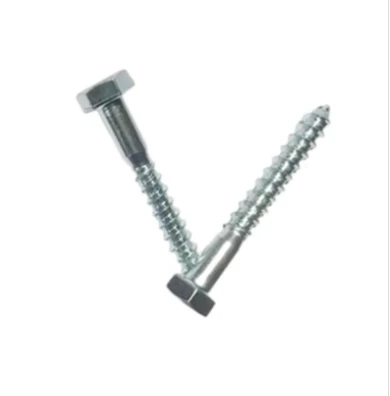dec . 20, 2024 03:02 Back to list
Optimizing Beam Clamp Techniques for Enhanced Structural Support and Stability
Understanding Beam Clamp Knack A Comprehensive Guide
In the realm of construction and engineering, the term beam clamp refers to an essential hardware component that plays a crucial role in supporting structures. Beam clamps are mechanical devices used to attach piping, cable trays, or other materials to beams, ensuring they are safely secured in place. The knack for using beam clamps efficiently can dramatically impact the integrity of a construction project. This article delves into the features, benefits, applications, and the importance of being skilled in the application of beam clamps.
What is a Beam Clamp?
A beam clamp is typically made from durable materials such as steel or aluminum and is designed to grip the flange of a beam without penetrating it. This non-invasive characteristic is significant; it allows for the attachment of various components without compromising the beam’s structural integrity. A beam clamp usually consists of a U-shaped design with a threaded bolt that tightens around the beam’s flange, ensuring a stable connection.
Importance of Proper Installation
While beam clamps may seem straightforward in design, their correct installation requires a certain knack. An improperly installed beam clamp could lead to severe safety hazards, such as the collapse of hanging structures or the dislodging of cables and pipes. Understanding the load calculations, weight distributions, and the types of loads—static or dynamic—that the beam will bear is essential for effective use. Furthermore, ensuring that the clamp fits the specific dimensions and material of the beam is paramount to prevent slippage or failure.
Applications
Beam clamps find their use across various sectors, including construction, manufacturing, and warehouse management. Here are a few notable applications
1. Support for Piping Systems In industrial settings, beam clamps are extensively used to support pipe systems, ensuring they remain securely mounted. This is especially critical in environments where pipes carry hazardous materials or are subjected to temperature fluctuations.
2. Electrical Installation Beam clamps provide a reliable method for securing electrical conduits and cables to overhead beams. This is vital for maintaining order within electrical installations and preventing cable sagging, which could lead to damage or accidental disconnections.
beam clamp knack

3. Suspension of HVAC Systems HVAC systems often require extensive ductwork that must be suspended from ceiling beams. Beam clamps enable the secure installation of ductwork, allowing for efficient air distribution while maintaining a clean aesthetic in a building.
4. Warehouse Racking Systems In warehouses, beam clamps can be employed to stabilize racking systems, ensuring that materials stored at heights remain securely in place. This is critical for safety in environments where heavy materials are handled.
Best Practices for Using Beam Clamps
To master the knack of using beam clamps effectively, consider the following best practices
- Choose the Right Clamp There are various types of beam clamps available, each designed for specific loads and environments. Assess your project requirements carefully and choose a clamp that meets those needs.
- Conduct Regular Inspections Regular maintenance and inspection of beam clamps can prevent hazards. Look for any signs of wear, corrosion, or loosening, especially in environments that experience vibrations or heavy usage.
- Follow Manufacturer Guidelines Always refer to the manufacturer’s instructions for load limits and installation processes. This ensures compliance with safety standards and prolongs the lifespan of the clamp.
- Educate Your Team If you are operating in a team setting, ensure that all members are trained in the correct use of beam clamps. A well-informed team will reduce the risk of costly errors and enhance overall safety.
Conclusion
In conclusion, understanding the beam clamp knack is essential for anyone involved in construction or engineering projects. Proper use ensures safety and structural integrity, making it a pivotal skill in the industry. By selecting appropriate clamps, adhering to best practices, and investing in training, professionals can maximize the effectiveness of their installations, contributing to safer and more efficient projects. Armed with this knowledge, one can utilize beam clamps to their full potential, ensuring reliable and secure worksites.


